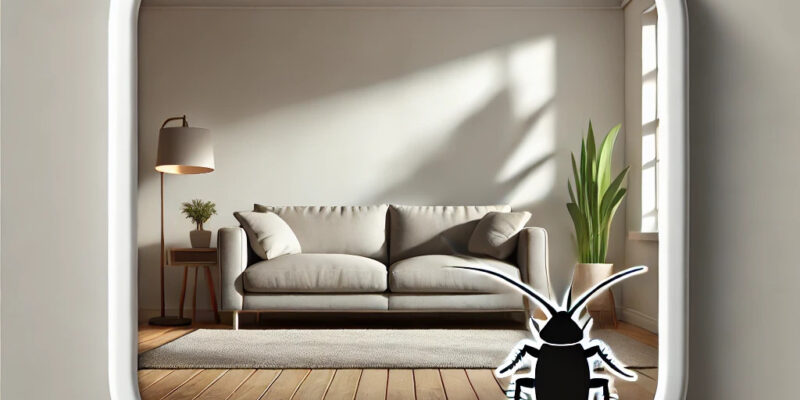Pests are more than just an occasional nuisance; they can pose serious health risks, cause property damage, and disrupt your daily life. Whether it’s ants invading your kitchen, termites silently destroying wooden structures, or rodents gnawing through electrical wiring, understanding pests and how to manage them effectively is crucial for maintaining a safe and comfortable living environment.
What Are Pests?
Pests are organisms that invade human habitats and negatively impact health, comfort, or property. Common household pests include:
- Insects: Ants, cockroaches, bed bugs, and termites.
- Rodents: Mice and rats.
- Wildlife: Birds and squirrels.
- Others: Spiders, wasps, and fleas.
Each type of pest has unique behaviors, habitats, and risks, which makes early identification critical.
Why Are Pests Dangerous?
-
Health Risks: Many pests are carriers of diseases. For instance, rodents can spread hantavirus, and cockroaches are known to trigger allergies and asthma. Mosquitoes, one of the most infamous pests, are vectors for malaria, dengue, and Zika virus.
-
Property Damage: Termites are among the most destructive pests, causing billions of dollars in damage annually by eating through wooden structures. Rodents can chew through wires, leading to fire hazards.
-
Contamination: Pests like flies and ants can contaminate food, spreading bacteria such as Salmonella and E. coli.
-
Psychological Stress: The mere presence of pests can cause anxiety and disrupt your sense of peace at home.
Signs of a Pest Infestation
Detecting a pest problem early can save you time, money, and stress. Look out for:
- Droppings or urine stains.
- Gnaw marks on furniture, walls, or wires.
- Unusual noises, especially at night.
- Nests or burrows in hidden areas.
- Unexplained damage to food packaging.
Preventative Measures
The best way to deal with pests is to prevent them from entering your home in the first place. Here are some proactive steps:
-
Seal Entry Points: Use caulk or weatherstripping to seal gaps around doors, windows, and utility lines.
-
Maintain Cleanliness: Regularly clean floors, countertops, and storage areas to eliminate food sources.
-
Proper Food Storage: Store food in airtight containers to deter ants, roaches, and rodents.
-
Manage Waste: Dispose of garbage regularly and use bins with tight-fitting lids.
-
Regular Maintenance: Inspect your home for leaks, cracks, or areas with excess moisture, as these can attract pests.
Pest Control Options
If pests have already invaded your home, you can consider these methods:
-
DIY Remedies:
- Traps and baits for rodents.
- Natural repellents like vinegar or essential oils for insects.
- Diatomaceous earth for crawling pests.
-
Over-the-Counter Solutions: Insecticides, rodenticides, and pest sprays are readily available but must be used cautiously.
-
Professional Pest Control Services: For severe infestations, it’s best to consult licensed pest control experts. They can identify the root cause of the problem and provide tailored solutions.
The Role of Eco-Friendly Pest Control
As awareness of environmental conservation grows, more homeowners are opting for eco-friendly pest control methods. These include:
- Biological Control: Introducing natural predators like ladybugs to manage aphids.
- Botanical Pesticides: Using plant-based solutions such as neem oil.
- Integrated Pest Management (IPM): Combining multiple strategies to minimize the use of chemical pesticides.
Conclusion
Pests are an inevitable part of life, but with vigilance and the right strategies, you can keep them under control. Preventive measures, early detection, and timely intervention are key to safeguarding your home from these unwelcome intruders. By understanding the risks and taking proactive steps, you can maintain a pest-free home and enjoy peace of mind.
Whether you choose DIY methods or professional services, addressing pest problems promptly is essential. After all, your home is your sanctuary—don’t let pests take over!
